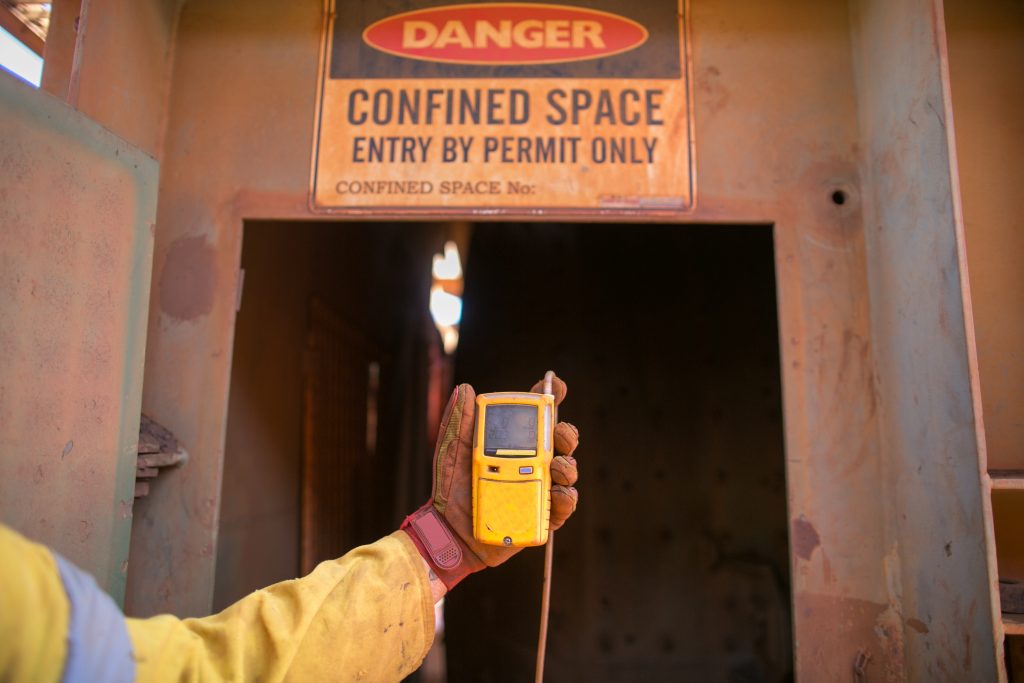Building the oil and gas workforce of the future
The volatility of the Australian oil and gas industry makes it difficult to predict what its future workforce will look like. However, one thing is for certain: new technology and increased automation will play a key role in shaping the industry workforce and help its employees carry out their work more safely and efficiently.

Australia has seen remarkable growth in oil and gas in recent years. Preparing Australia’s future oil and gas workforce, published by National Energy Resources Australia, reports that $320 billion has been invested in new projects between 2009 and 2017, which has more than doubled the number of workers involved in the industry – from 9,000 in 2006 to 19,000 in 2016.
Without a crystal ball, it is difficult to predict whether this growth will continue; oil prices, rate of exploration and policy will all play a factor in how Australia’s oil and gas workforce looks in the future. However, according to Wade Elofsen, founder of Powered, an energy and resource-focused business development company, there’s no doubt that new technologies will continue to shape the way the industry operates.
“Technology is affecting all aspects of the oil and gas industry – from the digitalisation of individual pieces of equipment, to the complete integration and automation of mines and plants,” Mr Elofsen said
“So there’s no doubt that technology will continue to play a key role in the oil and gas industry, including how it operates and the types of roles its staff hold.”
Growing opportunities
Preparing Australia’s future oil and gas workforce reports that in 2016 55 per cent of oil and gas roles were in field operations. But it predicts that new technology could cause this number to drop to as low as 30 per cent by 2030. The Department of Small Business’s Australian Jobs 2019 indicates that up to nine per cent of jobs across all industries in Australia could be lost to automation.
However, Mr Elofsen said the relationship between ‘machine and man’ did not have to be adversary and even the most intuitive technology could not replace the value of ‘good’ employees and a productive workforce.
“Automation and new technologies do not spell the end for employment in oil and gas, in fact they present opportunities for companies and their employees,” Mr Elofsen said.
“At the end of the day, people are behind everything we do, so companies must continue to invest in their employees in order to increase productivity, reduce LTIs and grow their businesses.
“Although it will be necessary for those in the industry, particularly across the low and medium-skilled roles, to diversify their skill set in order to remain relevant and competitive in the job market.”
Champions of change
Mr Elofsen said he expected the next generation of workers entering the industry would play a key role in adopting digital technology.
“It is likely that the next generation of employees will propel the adoption of new technology and surge the industry into new, more efficient ways of working,” Mr Elofsen said.
“The flipside is that these employees tend to spend less time in each role than their older counterparts. We know from the Household, Income and Labour Dynamics in Australia Survey, prepared for the Australian Government’s Department of Social Services, that the average time 25 to 35 year-olds spend in a job is two years and eight months, compared to six years and eight months for over 45-year-olds.
“And, as older staff move into retirement, companies are losing the practical knowledge and experience that these staff bring to their positions.
“This will make it critical for companies to carry out succession planning and invest in ongoing skills and compliance training to fill voids in corporate knowledge and expertise that may be created.”
Preparing companies for the new world
Mr Elofsen said there were tools available to help companies prepare for the workforce of the future, and address the challenges and opportunities it will bring.
“Companies such as Tutis offer software solutions that can help streamline workforce management, and ensure compliance,” Mr Elofsen said.
“Tutis’ products are holistic and cloud-based solutions, which have been designed for large companies and include built-in automation, full-activity visibility, alerting and reporting. They will help companies manage workforce capability, resulting in greater workforce agility, increased availability and higher productivity.
“This will help companies to ensure that their staff are appropriately supported and adequately trained so they can carry out their role safely and effectively.”
For more information, please contact info@poweredaus.com.au or call Wade Elofson on +61 474 128 517.


